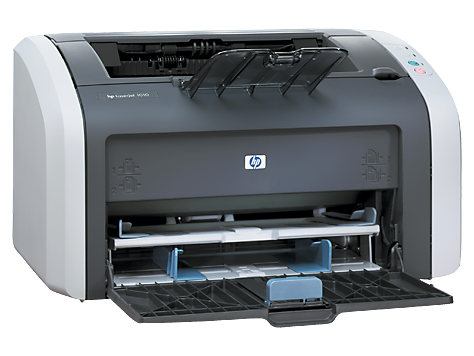How To Find Interface On Mac For Tcpdump

So this was a new one to me. Zmodo cam viewer for mac os. I never knew that you could get a network ports vlan configuration using Tcpdump. In the past I've used cdpr to determine an interface's uplink port, but I never knew that you could use tcpdump to get the same information and also determine the VLAN.
About tcpdump. Get a raw dump of network traffic.  Tcpdump prints out a description of the contents of packets on a network interface that match the boolean expression specified on the command line.It can also be run with the -w flag, which causes it to save the packet data to a file for later analysis, or with the -r flag, which causes it to read from a saved packet file rather. TCPDump is an extremely handy tool for verifying if packets are getting to the linux box or not. Here are the commands I use most often: To specify which interface to listen on. If unspecified, tcpdump searches the system interface list for the lowest numbered, configured up interface (excluding loopback), which may turn out to be, for example, ``eth0'. On Linux systems with 2.2 or later kernels, an interface argument of ``any' can be used to capture packets from all interfaces. Assuming your 'access point' is actually some sort of gateway device and provides your access to the Internet and that you are doing the tcpdump on the Mac: unless you have configured it to do so in some way, the iPhone's internet traffic doesn't go through the Mac so the Mac wouldn't see it.
Tcpdump prints out a description of the contents of packets on a network interface that match the boolean expression specified on the command line.It can also be run with the -w flag, which causes it to save the packet data to a file for later analysis, or with the -r flag, which causes it to read from a saved packet file rather. TCPDump is an extremely handy tool for verifying if packets are getting to the linux box or not. Here are the commands I use most often: To specify which interface to listen on. If unspecified, tcpdump searches the system interface list for the lowest numbered, configured up interface (excluding loopback), which may turn out to be, for example, ``eth0'. On Linux systems with 2.2 or later kernels, an interface argument of ``any' can be used to capture packets from all interfaces. Assuming your 'access point' is actually some sort of gateway device and provides your access to the Internet and that you are doing the tcpdump on the Mac: unless you have configured it to do so in some way, the iPhone's internet traffic doesn't go through the Mac so the Mac wouldn't see it.
Note that I did not discover this one myself. So if you happen to be the person who told me how to do this, thanks and pipe down. Anyway here is the command, note that my interface is em1, your's will probably be different. Tcpdump -nn -vvv -i em1 -s 1500 -c 1 'ether[20:2] == 0x2000' From the command above you get a nice little bit of output, which you have to poke through a bit to get the meaty parts out. Hey look its my port, and the name and ip of the switch upstream. Device-ID (0x01), length: 27 bytes: 'SW2.corp.example.com.'